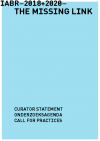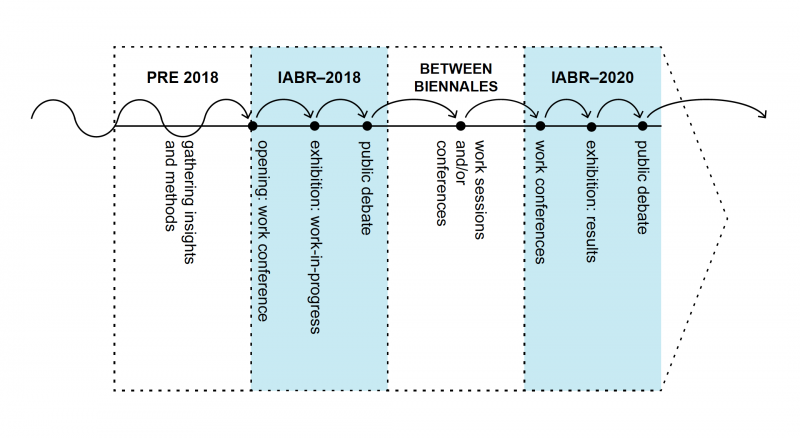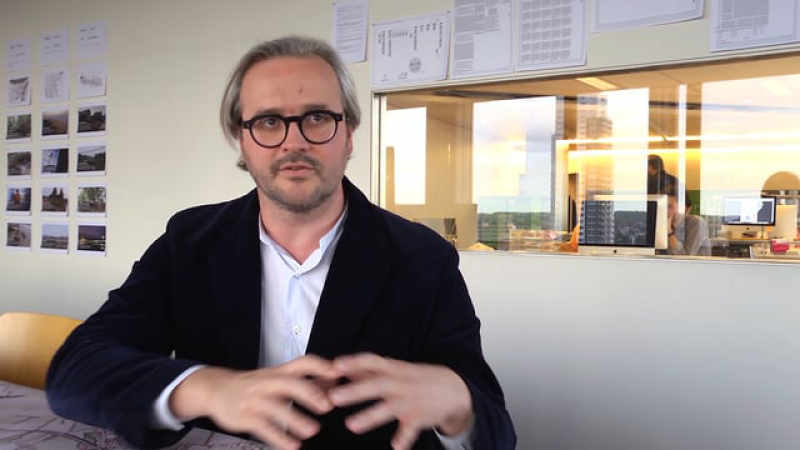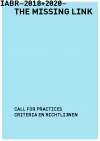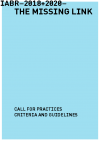"Adapting our way of life and consumption and production patterns to the finite capacity of our planet requires a fundamental socioeconomic transition that cannot “take place” if we do not first and quite literally “make place” for it. There can be no transition to renewable energy, no resilient ecosystem, and no caring living environment without the actual transformation of our urban landscapes. The necessary fundamental changes require the making of major political and social choices. But they come with a design challenge: to facilitate behavioral change we have to be able to couple social, spatial, and ecological problems at the scale levels of the building, the neighborhood, the city, and the entire planet. Creating space means sharing space!"
This is the core argument of the three curators of the first part of IABR–2018+2020–THE MISSING LINK, Floris Alkemade, Leo van Broeck and Joachim Declerck, in the Curator Statement and the Research Agenda that can be downloaded from this page.
IABR–2018+2020: ONE PROGRAM, TWO BIENNALES
The International Architecture Biennale Rotterdam (IABR) applies the biennale editions of 2018 and 2020 entirely to the challenge brought to the table of the world community in 2015 by the Sustainable Development Goals (SDGs) of the UN and the Paris Climate Agreement (COP21).
From the spring of 2018 until the summer of 2020, a single curator team will work on two consecutive biennales, with the objective of mobilizing global thinking and the power to activate and design for an in-depth research by design process that focuses on spatial transformations that facilitate the realization of the SDGs. Because the urgency and the objectives are clear and the question is no longer whether weneedto, buthowwe are going to adjust. Nobody really knows, and exactly this is The Missing Link. How can we get from agendas, knowledge, and plans to truly effective spatial transformation? What is the new metanarrative that can bring us, as a society – that is: truly together – to the future? How can we organize that transition as a spatial, but at the same time social project that both takes our resistance to change into account and mobilizes our longing for it? How do we realize change fast enough, in enough places at a time, and both affordably and socially inclusively? And what does the new design practice we need to meet that objective look like?
To get answers to these questions the three curators decided not to do a Call for Projects but a Call for Practices – a call to truly innovative practices that are active in architecture, urban and neighborhood development, and spatial and environmental planning as well as in policy development, knowledge sharing and development, climate change, the energy transition, water management, food production, creative activity and industry, impact investment, and social enterprise.
Those practices that want to join the IABR in its three year quest forThe Missing Link can find the Call for Practices here.
